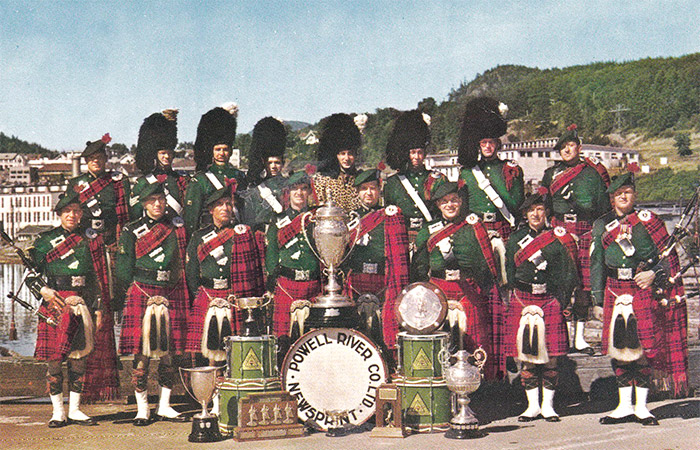
Times are difficult in the bagpipe world right now, not more so than in the journalism line. Thankfully our contributors and readers are rising to the challenge and we have lots of interesting articles in store which will help keep things ticking over during the next few weeks, but if you read copied PP input more than usual elsewhere over this period don’t be surprised.
The picture above comes to us courtesy of Allan Chatto in Australia. It is of Powell River Pipe Band, from British Columbia. I am a bit hazy about the history of this band, which was, judging by the trophies, a highly competent outfit.
Can anyone supply the names of the personnel pictured and something about the band’s history?
Delighted to announce that Bill Livingstone has agreed to join the judging team for the Shasta Piobaireachd Composing competition. Bill will be an invaluable addition to the panel which now comprises myself, Greg Wilson, and Chris Terry.
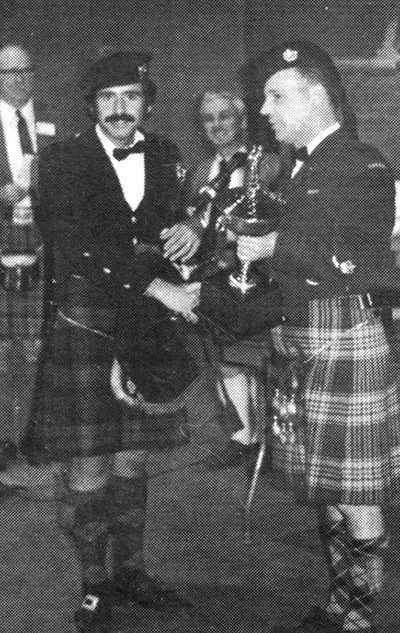
Get those creative juices going all you composers. Good money on offer, and there can be no better way of filling in lockdown time than coming up with a new tune. Entries close August 1, 2020. Prizes are £500, £250 and £100.
And don’t forget the Argyllshire Gathering’s search for a new 2/4 march to be played at next year’s competition and on the march to the games thereafter. Closing date is May 31, 2020. The panel for that is Jimmy Banks, John Wilson and yours truly. A princely, winner-takes-all, £1,000 on offer for the best tune! Entry info on both contests here.
Apologies for the belated reporting of the passing of noted Australian piper, Rob Roy MacGregor. The Queensland Highland Piping Society report: ‘It is with regret and sadness that we inform of the passing away of former Pipe Major Rob Roy McGregor, former Pipe Major of the St Andrews Pipe Band.
‘Rob was without doubt a major force in the Queensland piping scene, was responsible for cultivating many talented pipers and will be remembered as our most charismatic pipe major. Our condolences to Isabel and the family. Rob was a great influence on piping in Queensland and a member of our Society from it’s earliest days right up to this year.’
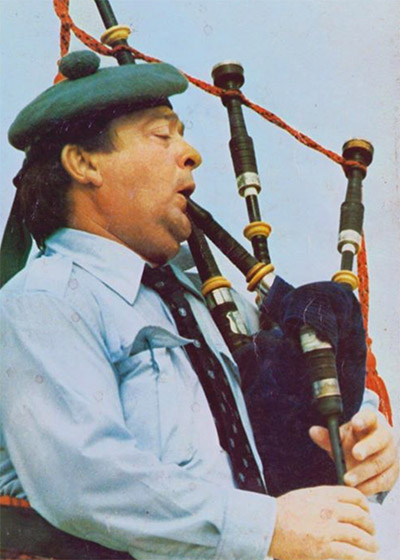
As expected Tobermory Games have been cancelled as has Grandfather Mountain in the US. No need to explain why. If the Scottish Government’s large gathering ban is extended to September 30 as I have heard, then that puts the kybosh on the likes of Braemar too.
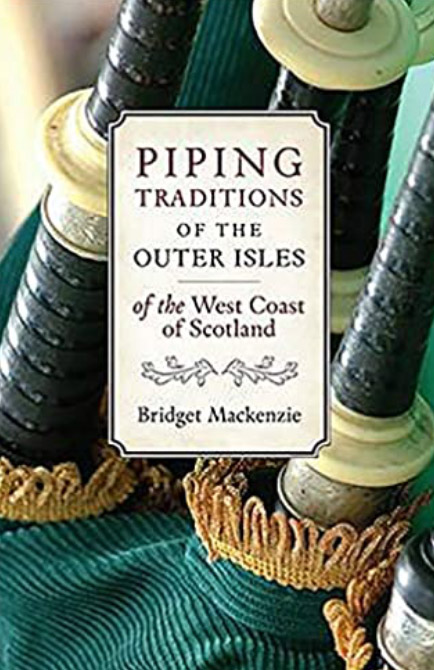
Reader Paul Hinson writes from the US: ‘I’ve been reading Bridget MacKenzie’s ‘Piping Traditions of the Outer Isles’ and so far have read about Barra, Eriskay, and am about through the section on South Uist.
‘A few times she’s referred to an ‘island style of playing piobaireachd’. What distinguishes an ‘island style’ from other styles? ‘I also understand that John MacDonald, then Willie Ross, and later Bob Nicol had big influences on piobaireachd playing in South Uist in the 20th century.’
The teaching trips by these luminaries that you mention Paul were sponsored by the Piobaireachd Society and had a profound effect on the knowledge base among the largely ear-taught pipers in the Outer Isles. I don’t quite know what Bridget is meaning, but there is often a romantic notion that somehow there was once a different, now long lost, ceòl mòr tradition on the islands. Reserachers have pored over every document, lifted every peat hag, but unfortunately found very little to go on.
Piobaireachd playing was in a shocking state throughout the Highlands and the islands in the 19th century. Any tradition there was was hanging by a thread. Come the 20th, these three great teachers all reported a sad lack of any real ability or knowledge of ceòl mòr on the islands, though there was plenty of natural musical ability (and there still is).
Native islanders, the late Ronald and Fred Morrison (snr.), would speak of their reverence for Nicol and his mentor John MacDonald, Inverness, and of their way with the tunes (I’ve heard them do so), with never any concern for a mystical muse lost in the Gaelic mist.
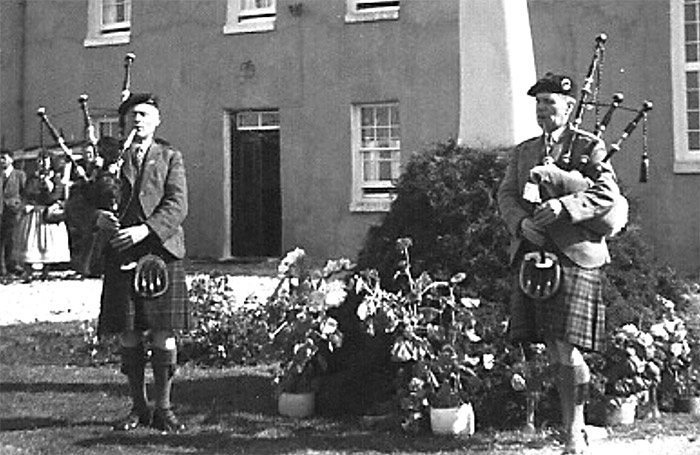
I found this online. It is a quote from ‘The Piping Tradition of South Uist’ by DJ Howard in a thesis for Edinburgh University: ‘South Uist remained largely untouched by the evangelical asceticism which swept away piping traditions elsewhere in the Hebrides following the Disruption. Clanranald’s patronage of pipers survived longer into the nineteenth century than that of most other Highland families, South Uist being home to the bearers of the office.
‘And the world of twentieth-century mainstream competition was enriched when the Piobaireachd Society brought literate instruction to the island’s ear-learned pipes in 1909. For these and other reasons, to study the island’s piping is to study its religious life, its community life, its history of emigration, its oral tradition of signing and storytelling and its place in the wider framework of Clanranald and Highland custom….’
Important to distinguish between a piobaireachd style and a ceòl beag style, Paul. There is a distinct roundness to much of the latter among pipers from Uist & Barra, witness Duncan Johnstone, Willie Morrison and others.
-
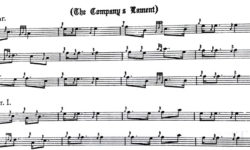 Selected Piobaireachd for the Beginner£2.50
Selected Piobaireachd for the Beginner£2.50 -
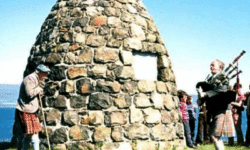 MacCrimmon Piobaireachd, the Classic Tunes£2.50
MacCrimmon Piobaireachd, the Classic Tunes£2.50 -
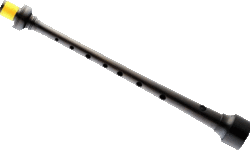 Pipe Chanters – Solo Poly or Solo BlackwoodPrice range: £130.00 through £265.00
Pipe Chanters – Solo Poly or Solo BlackwoodPrice range: £130.00 through £265.00








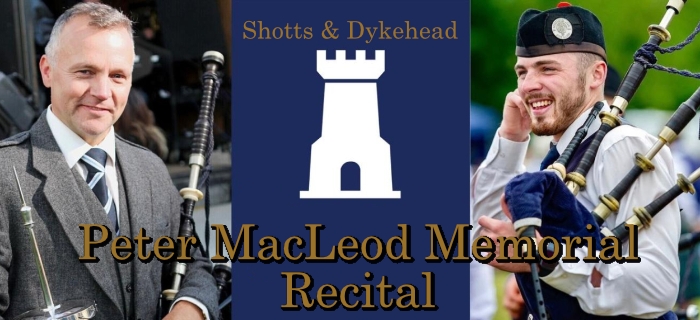







I don’t know the exact year of the photo of the Powell River band, but I think mid to late 50s. The leading drummer in the photo is George Pryde, former leading drummer of Edinburgh City Police PB.
The photo I have is dated 1958. It is from “Pioneer Pipe Bands of B.C., by Carl Ian Walker, former president of the B.C. Pipers’ Association. George Pryde was the lead drummer at that time. I have sent the photo which lists the names of the members in the photo. The drum section became known as “the boys of Bowhill” as many played with the Bowhill colliery band before coming to B.C., Canada to work at the pulp and paper mill in Powell River. Bruce Topp
According to the article about the band, George Pryde took over as lead drummer in Powell River after winning the World’s in 1954 and several times since, and had won the World Solo in 1947, worked with Brigadier MacLean with the scores for the Edinburgh Tattoo of 1952 and 1955 and two tattoos in Vancouver, B.C. George took a leave to study jazz drumming and Bob Hetherington took over. There is another photo with the article showing George Pryde, Bob Hetherington and Alec Young in 1965. Another well known drummer was Davie Bruce who later played with SFU.
Many of the pipers and drummers were offered jobs at the pulp and paper mill in Powell River, B.C.
This mill was the largest mill in the world at that time. The drum corps, led by Bob Hetherington were known as the boys of Bow Hill. Dave Westie was the P/m. John Mackenzie was a piper and active competitor. Fred Macleod was another piper. His father, Donald MacLeod, former P/M of the Winnipeg Cameron Highlanders was my first teacher. I will scan an article from Pioneer Pipe Bands of B.C. about this band if you reply. Bruce
Davie Westie, from Leslie in Fife, initially played with the successful Kinglassie & District Colliery Pipe Band, in grade 1, under Pipe Major Sandy Burnside, as did Jimmy Yardley, before they both set sail for Canada, to play with the Powell River Pipe band.
Rab,
I find it interesting re the Uist piping tradition mentioned above. But one of the things that strikes me is that many pipers from Uist played on the right side rather than the left. I know I have seen pictures of pipers that do play with the bag under the right side. I know the late Sandy MacPhee from Detroit played on the right side, as his father was from Uist. Which brings up the question in my mind of the picture above of Roddy and John MacDonald each playing as a mirror image of the other. Why would that be? Guessing that the brothers were both probably taught by the same person, would not they have both been taught the same, whether playing right hand over left or vice versa. But here they are as mentioned mirror images of one another. Just curious about this.
thanks
John Recknagel
In response to Paul’s question, the first thing that came to mind are the piobaireachds of Donald MacLeod. I know that on his CD’s he talks a little bit about the Gaelic idiom and I remember being taught that tunes like “Lament for Islay Flora MacLeod” were often influence by the Gaelic style of singing hymns. I also believe, to a certain extent, that being separated from the mainland may have prevented the music from moving on as it was on the mainland. I have heard that Canadian piping was very different in style to Scottish piping until 50 years ago because much of the style had arrived hundreds of years earlier and had not been influenced by the military as it was being in the UK. Just what I have heard. Also, in the earlier part of 20th century, especially in the Ceol Mor, any “differences” were frowned upon and this may have had an influence on comments made by leading teachers at the time?